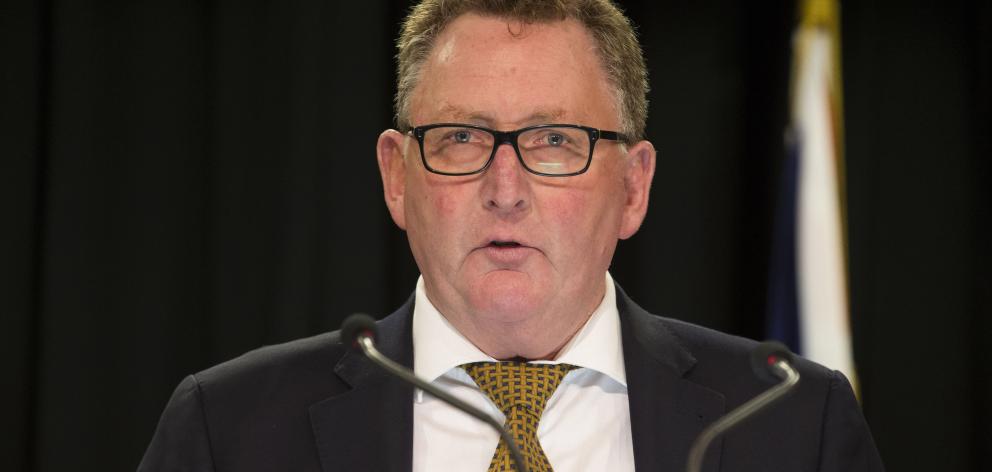
Westpac chief economist Dominick Stephens said the central bank would deliver the first MPS under its new agreement with the Government and under Mr Orr.
"We expect the OCR outlook will be similar to what the Reserve Bank published in the February MPS, although if there is a change it will be towards slightly earlier OCR hikes."
However, the text of the MPS could be quite different from past missives, Mr Stephens said.
For more than a year, the Reserve Bank had consistently delivered the same message — inflation was too low and the OCR would remain low until that was rectified.
In its last MPS, the central bank expected that would mean keeping the OCR at 1.75% until mid to late 2019. But, like all forecasts, it was subject to change, he said.
ASB chief economist Nick Tuffley said the new governor and the new policy targets agreement would make the statement the most keenly read since the Reserve Bank signalled the end of its last easing cycle.
Employment conditions were good and did not indicate the central bank needed to relax its monetary policy stance.Although it was always possible Mr Orr would steer the Reserve Bank slightly differently to his predecessors, Mr Tuffley did not expect him to substantially influence the bank’s take on the appropriate direction for monetary policy.
"We do expect Mr Orr to continue bringing transparency to the Reserve Bank’s internal prognostications."
In the first five weeks of his term, it already felt as if he had given more media interviews than the previous permanent governor Graeme Wheeler gave during his whole five-year term, Mr Tuffley said.
More frequent communication might increase the incidence of miscommunication or misinterpretation, merely through more occasions existing.
The ASB expected a much higher level of transparency would leave financial markets and the broader public more aware of what the Reserve Bank was thinking and why.
Mr Orr should prove to be the opposite of Alan Greenspan, the former US Federal Reserve chairman who once said: "I guess I should warn you. If I turn out to be particularly clear, you’ve probably misunderstood what I said," Mr Tuffley said.
Recent economic developments had been, on balance, slightly positive for inflation.
The exchange rate had dropped sharply below the Reserve Bank’s forecast, the housing market had been stronger than the Reserve Bank expected, and export commodity prices had risen instead of falling as the central bank anticipated.
Mr Stephens said those were more than enough to offset the fact GDP growth had probably been weaker than the Reserve Bank expected in the six months.
The spanner in the works was bank bills, the interest rates at which banks lend to one another, had risen independently of the OCR in the past month.
In Australia and the United States, there had been much larger rises in bank bill rates. The fear was New Zealand could follow suit.
If bill rates remained elevated, mortgage rates might be pushed up independently of the OCR.That would reduce even further the Reserve Bank’s desire to lift it, Mr Stephens said.
"For now, we suspect this is a ‘watch and wait’ issue for the Reserve Bank but it might make them cautious about changing the OCR outlook."
Mr Tuffley believed the risks were skewed towards the Reserve Bank pushing out the timing of its forecast OCR increase from its current late 2019 view.












